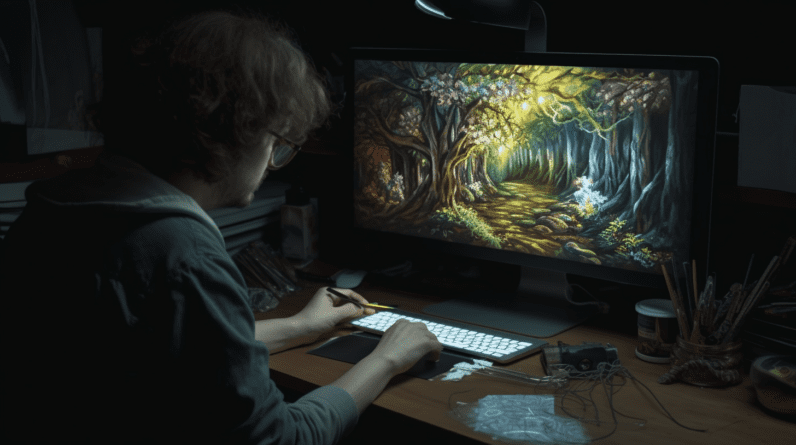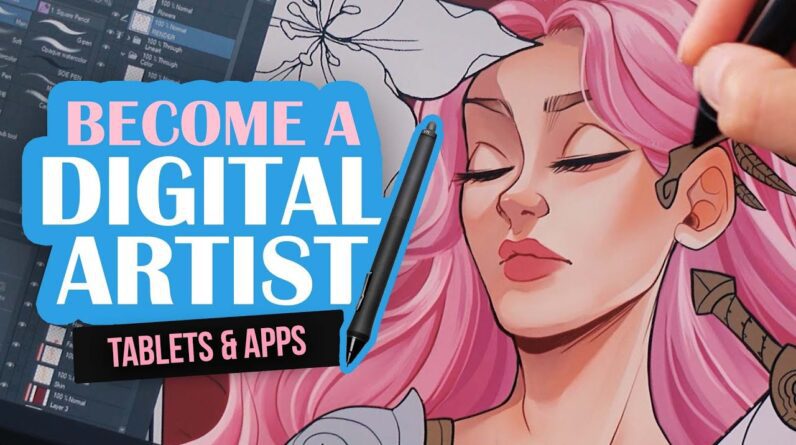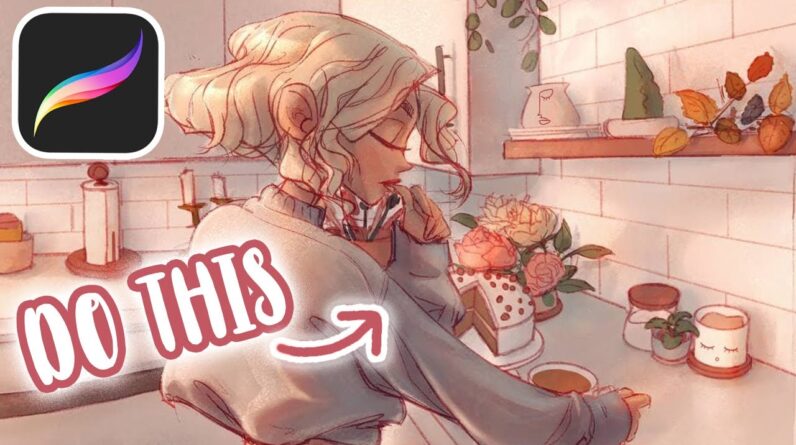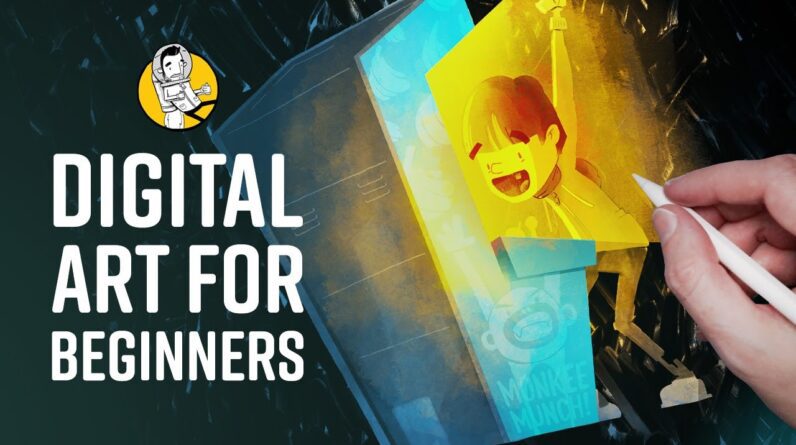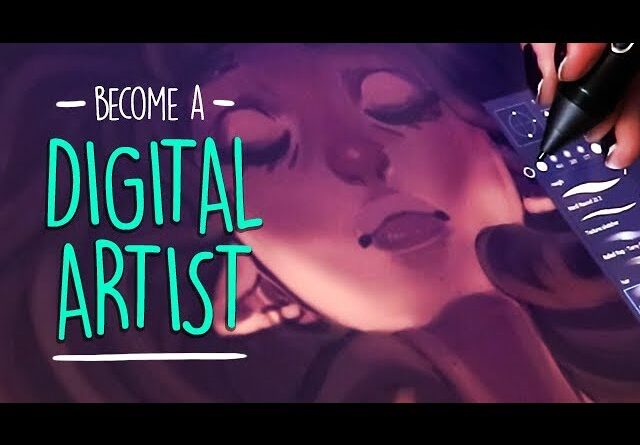
If you are passionate about digital art and want to pursue it as a career, you might be wondering where to start. Fortunately, you have come to the right place! In this beginner’s guide, we will walk you through everything you need to know about how to start your digital art career. From essential skills and tools to building a portfolio and getting your first clients, we have got you covered. So, let’s dive in and learn how to turn your passion for digital art into a fulfilling profession. Here is Part 1 of The Ultimate Beginner’s Guide to Starting Your Digital Art Career.
The Ultimate Beginner’s Guide to Starting Your Digital Art Career: Part 1
Introduction
Digital art may have started out as a niche form of expression, but it has since evolved into a field that is in high demand. With the rise in popularity of digital media over the past few years, there has been an increase in demand for digital artists. Whether you’re an aspiring artist or you’re looking to switch careers, this guide will help you get started on your digital art journey.
Getting Your Feet Wet: The Basics
As a beginner in digital art, there are a few things you should know before diving in.
- Choose Your Tools: One of the most important aspects of digital art is the tool you use to create it. Consider investing in a good graphics tablet and stylus, as well as downloading a digital art software such as Adobe Photoshop or Procreate.
- Mastering the Fundamentals Once you have your tools, it’s time to start honing your skills. Begin by learning the basics of composition, lighting, and color theory. These concepts are essential for creating compelling and visually pleasing art.
- Create a Portfolio: Building a portfolio is crucial for showcasing your work to potential clients or employers. Choose a select number of your best works that demonstrate your skills and style. This will allow others to get a better understanding of what you’re capable of.
Enhancing Your Skill: The Intermediate Level
Once you’ve grasped the basics, it’s time to push yourself further. Here are a few tips to elevate your skills to the next level.
- Join Digital Art Communities: Joining online communities, such as DeviantArt or ArtStation, can provide valuable feedback on your work and expose you to new ideas and techniques.
- Find Your Niche: As you continue to develop your skills, consider finding a specialty that sets you apart from others. Whether it’s character design or concept art, focus on something you’re passionate about and become an expert in that field.
- Experiment with Different Techniques: Don’t be afraid to experiment with different art styles and techniques. This will help you develop your own unique style and create art that stands out.
Making it a Career: Becoming a Professional
Once you’ve built up a strong portfolio and developed your skills, it’s time to start thinking about turning your passion into a career. Here are a few things to consider.
- Networking: Building strong connections with other professionals in the industry is key to advancing in your career. Attend industry events, connect with others on social media, and collaborate with other artists.
- Marketing Yourself and Your Work: Marketing yourself is crucial in the industry. Create a professional website or social media accounts that showcase your work and skills. Utilize online tools such as SEO to help people find you organically.
- Keep Learning and Growing: The digital art field is constantly evolving, and it’s important to stay up-to-date with new techniques and technologies. Continually learning and growing will set you apart as a professional and give you the tools necessary to succeed.
Conclusion
Starting a digital art career may seem daunting, but with the right tools and mindset, you’ll be on your way to becoming a professional in no time. Whether you’re a total beginner or an intermediate artist, remember to keep honing your skills, networking with other professionals, and marketing yourself and your work. In the end, it’s your passion and hard work that will lead to a successful career in the digital art industry.
5 Unique FAQs
- What software do I need to get started in digital art? Some popular digital art software includes Adobe Photoshop, Procreate, and Clip Studio Paint. Evaluate which software best meets your needs and budget.
- Do I need to have formal training in art to be successful in a digital art career? While formal training can be beneficial, it is not necessary. Through online tutorials and practice, you can develop the skills needed to become a successful digital artist.
- How do I price my digital art? Pricing your art can be difficult but consider factors such as your experience level, the time it took to create the artwork, and the complexity of the piece.
- Is it better to focus on one art style or experiment with different ones? It’s important to find your own voice and style as an artist. Experimenting with different techniques and styles can help you find that unique voice.
- What if I don’t know how to market my work? Utilize online tools such as social media and SEO to get your work in front of potential clients or employers. Consider collaborating with other artists or hiring a marketing professional to assist you.

